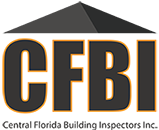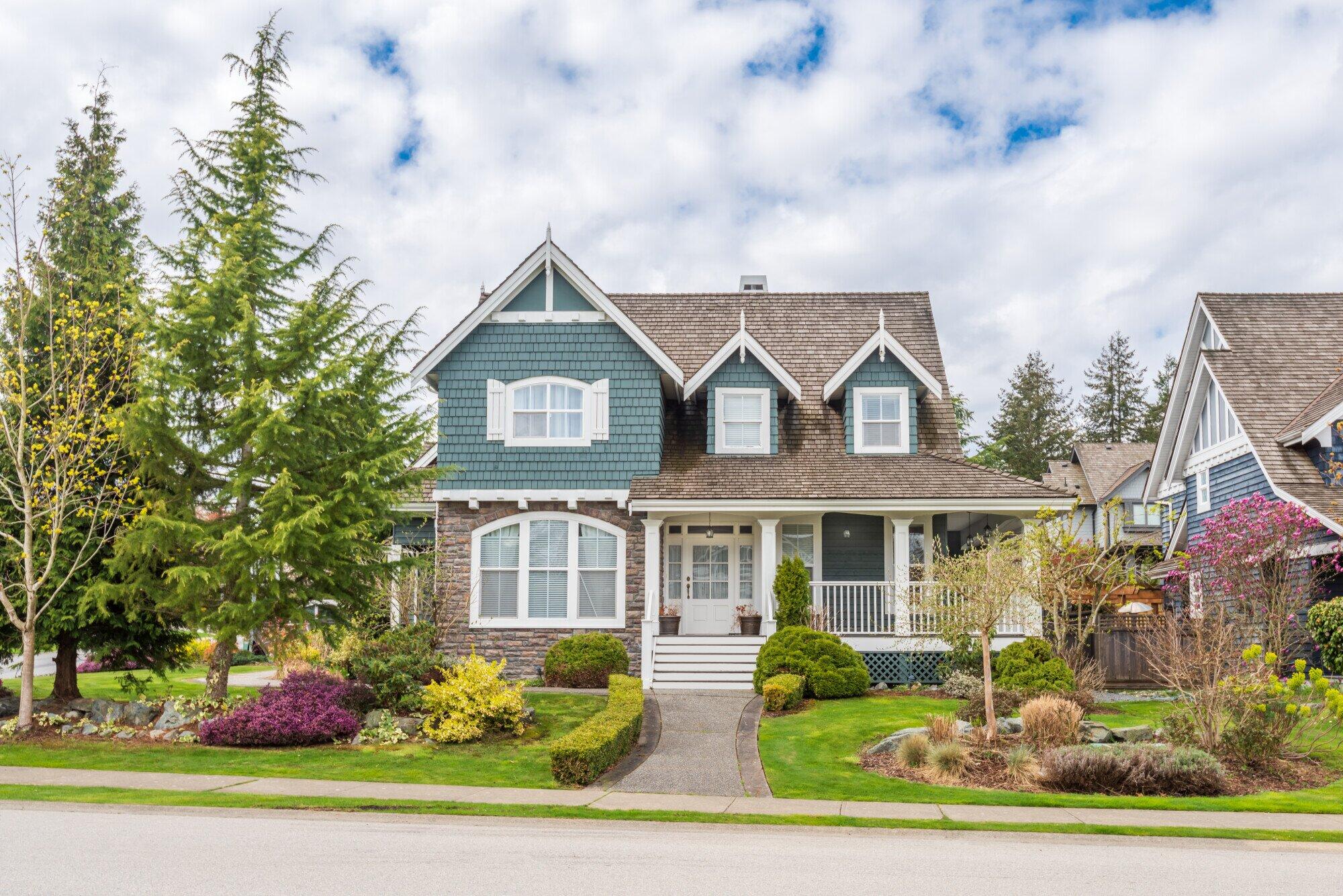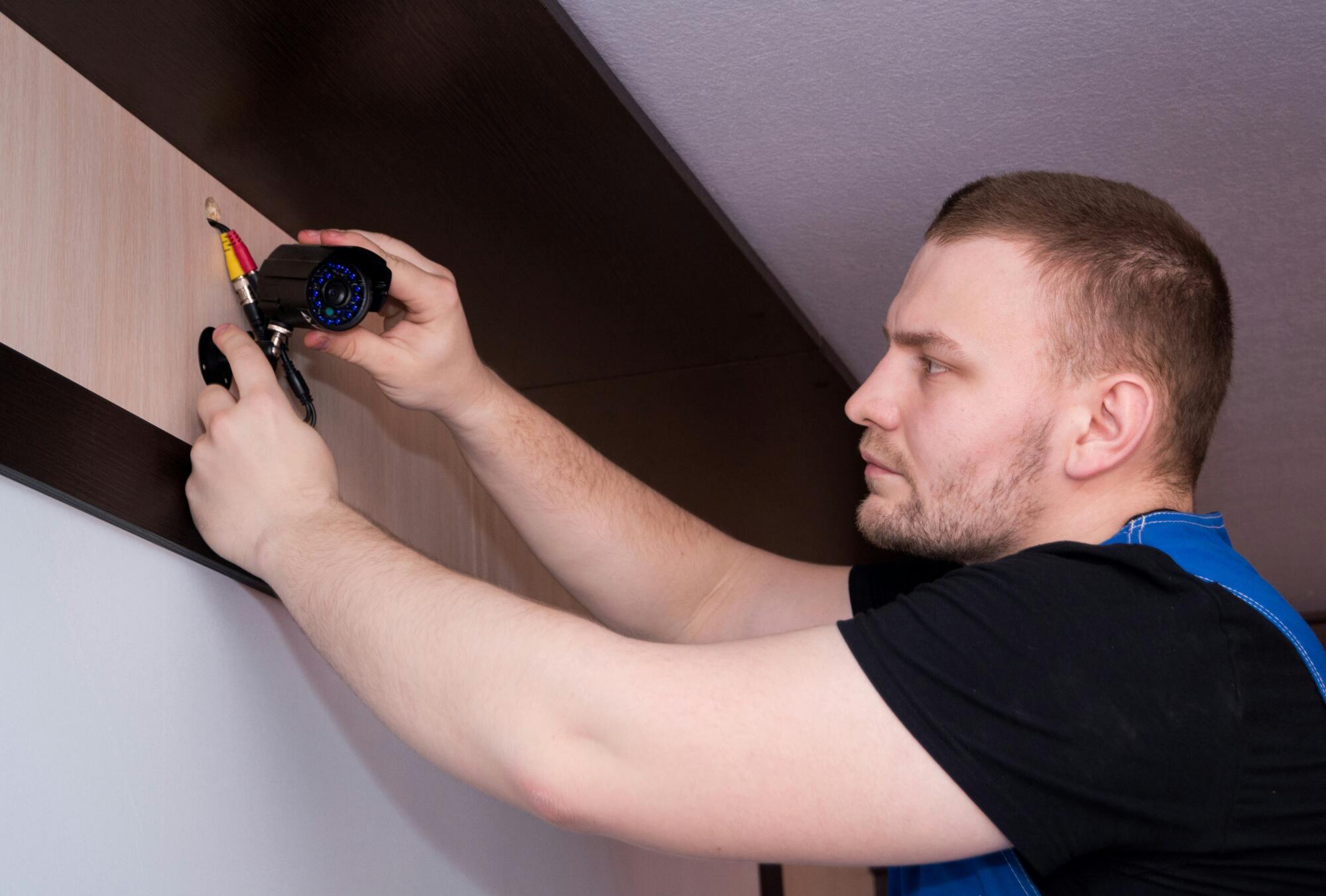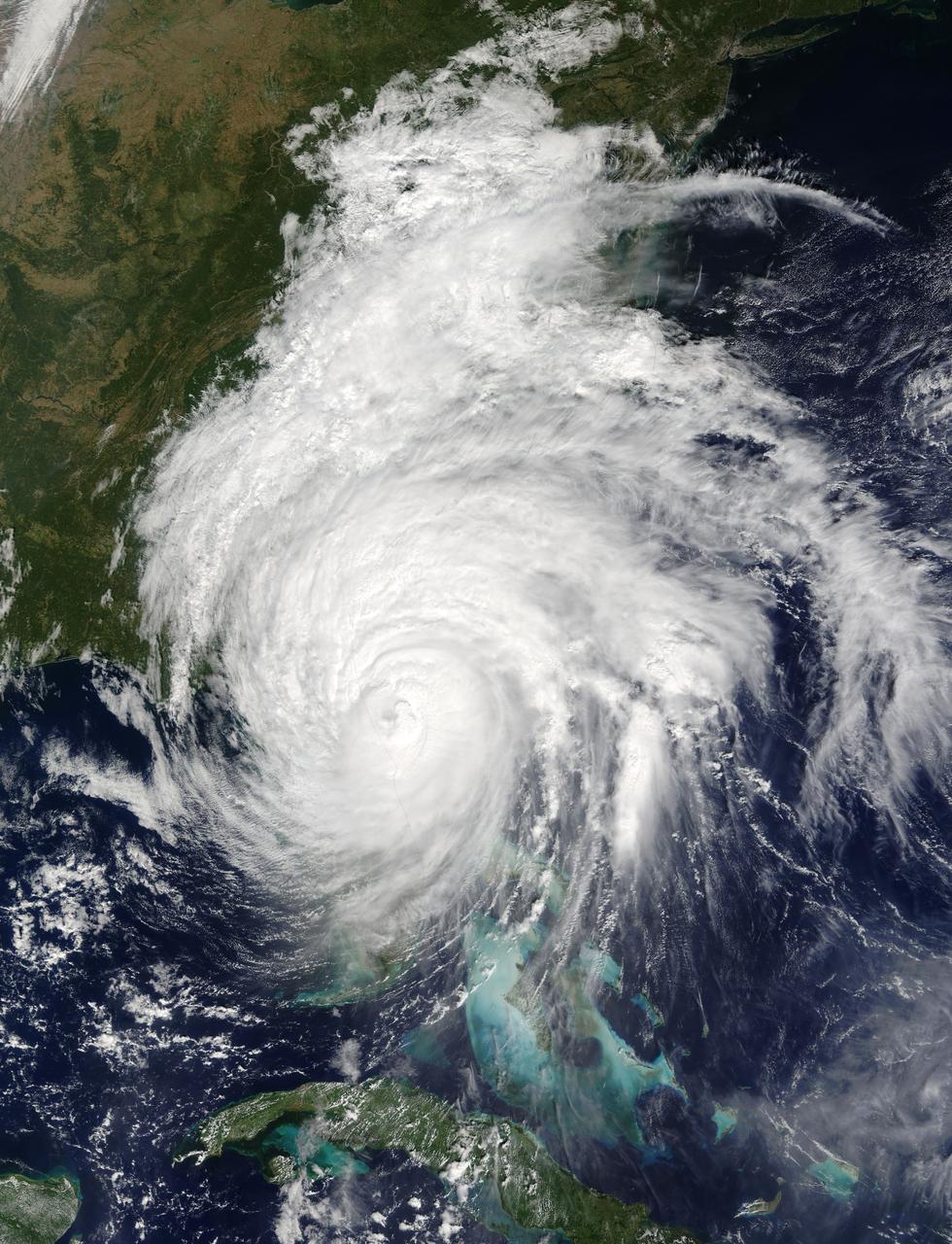Did you know that, according to iPropertyManagement, over 70% of property managers perform property inspections to maintain their rentals?
Regular inspections are crucial for landlords to ensure their properties remain in excellent condition and to address maintenance issues promptly. A well-structured rental property inspection checklist can be an invaluable tool in this process.
Today, we’re taking a closer look into the significance of such checklists, the different types of property inspections, and how landlords can effectively plan maintenance to protect their investments.
Importance of Regular Property Inspections
Regular property inspections play a key role in keeping rental units in good condition and avoiding costly repairs. Many landlords overlook how frequent inspections can reduce long-term maintenance expenses.
There are three main benefits to conducting regular inspections:
- Preventing major repairs through early detection
- Ensuring tenant satisfaction and safety
- Maintaining property value
Preventing Major Repairs
Regular inspections allow landlords to spot potential issues before they turn into major repairs. Small problems like a leaky faucet or minor roof damage can quickly escalate if left unaddressed. By catching these problems early, landlords can save money and avoid emergency repair situations.
Ensuring Tenant Satisfaction and Safety
Tenants appreciate living in a well-maintained property. Regular inspections help landlords address safety concerns such as faulty electrical wiring or broken smoke detectors. When tenants see that maintenance issues are handled quickly, they’re more likely to renew their leases and take better care of the unit.
Maintaining Property Value
Keeping up with inspections helps preserve the long-term value of a property. Consistent maintenance ensures the property remains attractive to both current and future tenants. It also reduces wear and tear, leading to fewer large-scale renovations in the future.
Key Types of Rental Property Inspections
There are several types of rental property inspections that landlords should conduct to keep their properties in good condition. Each inspection serves a specific purpose and helps ensure both the property and tenant responsibilities are properly managed. The three main types of inspections are:
- Move-in inspections
- Routine inspections
- Move-out inspections
Move-in Inspections
A move-in inspection is carried out before the tenant occupies the property. It helps document the condition of the unit at the start of the lease. Landlords and tenants typically complete this step together, noting any pre-existing damage or issues.
Both parties should sign off on the final inspection report to avoid disputes when the lease ends. Keeping a detailed record during the move-in process is key for a fair assessment later.
Routine Inspections
A routine inspection takes place during the lease term. It helps landlords stay aware of any maintenance needs while ensuring the tenant is complying with lease terms.
Routine inspections can reveal problems like hidden leaks or minor structural damage. By identifying issues during the lease, landlords can address them promptly and reduce future repair costs.
Move-out Inspections
A move-out inspection occurs after the tenant has vacated. Its purpose is to assess whether any damage occurred during the tenant’s stay.
Comparing the move-out report with the move-in inspection report helps landlords decide if deductions from the security deposit are necessary. It ensures fairness for both parties and helps prepare the property for the next tenant.
What to Include in a Rental Property Inspection Checklist
A detailed rental property inspection checklist helps landlords cover every area of the property and prevents important details from being overlooked. A good checklist should cover three main areas:
- Interior spaces
- Exterior features
- Safety items
Interior Spaces
The interior spaces of a property include rooms like the kitchen, bathrooms, bedrooms, and living areas. Walls, ceilings, and floors should be checked for signs of damage, such as cracks or water stains.
Inspecting plumbing systems, including sinks, toilets, and showers, is essential for identifying leaks or drainage issues. Appliances like stoves, refrigerators, and HVAC systems should also be tested to ensure they’re in working condition. Electrical outlets, light fixtures, and switches need to be checked.
Exterior Features
The exterior features of a property include the roof, siding, windows, and landscaping. Regular roof inspections can help spot missing shingles or small leaks.
Checking windows and doors for proper seals and functionality helps improve energy efficiency and tenant comfort. Gutters, walkways, fences, and other exterior structures should also be evaluated for wear or damage.
Safety Items
Finally, safety items play a key role in protecting tenants and the property itself. Smoke detectors and carbon monoxide alarms must be checked to confirm they’re operational.
Fire extinguishers should be present and in good condition. Security systems, if installed, should also be inspected to ensure they work as intended.
Creating a Move-In and Move-Out Checklist
Using a move-in and move-out checklist helps both landlords and tenants document the property’s condition before and after a lease. This approach avoids confusion about existing damage and any repairs that might be necessary. There are three key steps to creating and using these checklists:
- Preparing the move-in checklist
- Conducting the move-out inspection
- Comparing both reports
Preparing the Move-in Checklist
A move-in checklist should be detailed and include every room in the property. Landlords and tenants should inspect the unit together, noting any existing issues like stains, scratches, or worn appliances. Photos can be taken to support the written documentation. Once completed, both parties should sign the checklist to confirm agreement.
Conducting The Move-Out Inspection
The move-out inspection involves reviewing the property after the tenant leaves. It focuses on identifying any new damage or changes since move-in. Wear and tear from normal use shouldn’t be counted against the tenant, but more significant damage might require deductions from the security deposit.
Comparing Both Reports
After the inspection, comparing both checklists helps landlords decide whether repairs or replacements are needed. This process ensures that deductions from the deposit are fair and based on documented evidence. By following these steps, landlords can protect their property while maintaining good relationships with tenants.
Property Maintenance Planning with Landlord Inspection
A rental property inspection checklist helps landlords maintain their properties, address repairs promptly, and keep tenants satisfied.
Since 1988, we’ve provided reliable residential, commercial, and industrial inspections throughout Central Florida. As a family-owned business, we take pride in offering detailed, high-quality inspections and outstanding customer service. With decades of local experience, we help you make informed decisions with confidence.
Get in touch today to find out how we can help with your inspection needs!










